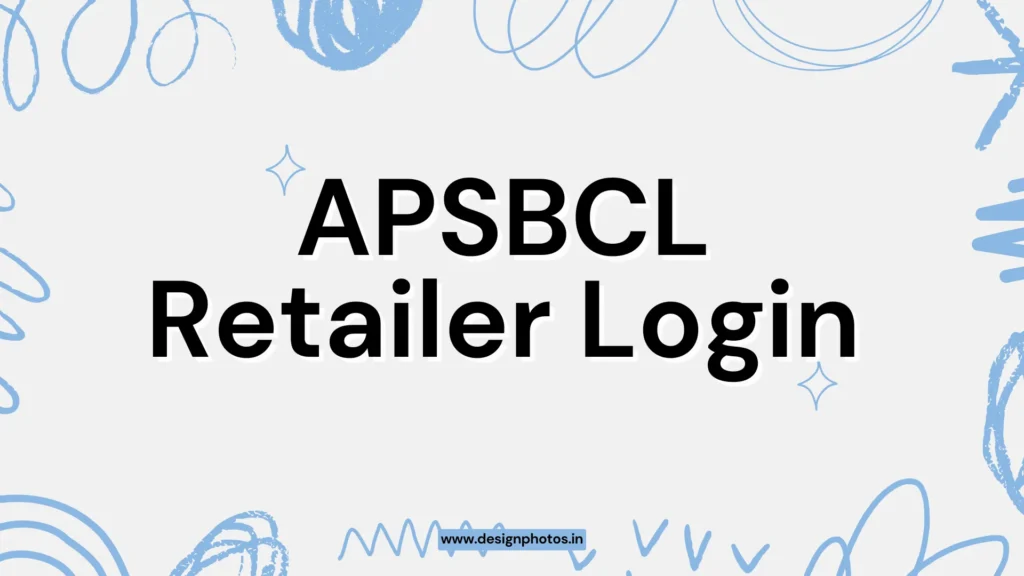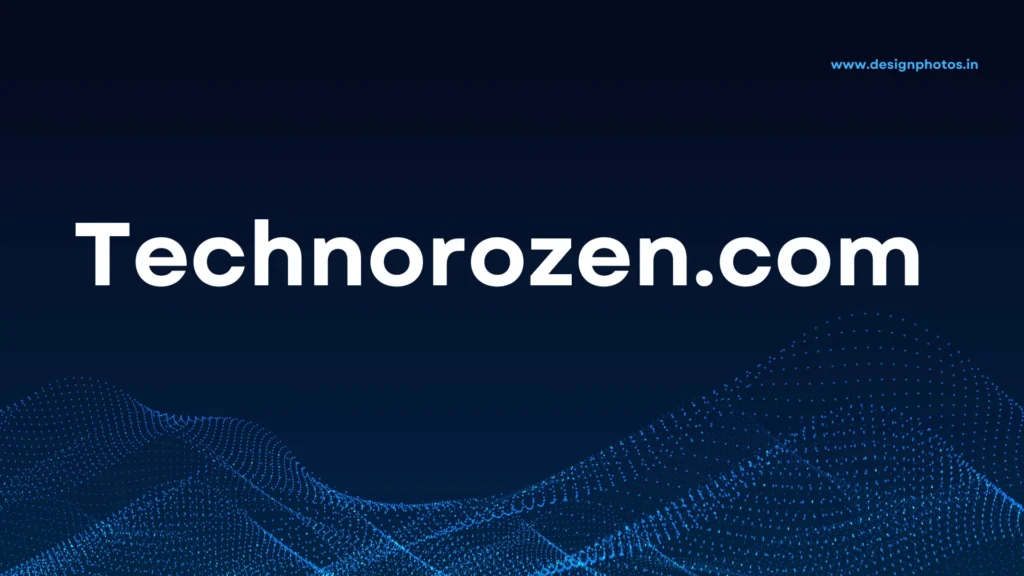Getting new pages and backlinks discovered quickly is where seo rapidurlindexer.com delivers tangible gains, turning slow index cycles into measurable momentum for visibility and revenue. Instead of waiting weeks for discovery, this approach inserts reliable submission and monitoring into the SEO workflow so campaigns move from publish to indexed—and then to impressions and clicks—on a predictable cadence. The emphasis is practical: validate indexability, automate submissions where possible, and measure time-to-index alongside impressions, CTR, and revenue attribution to prove lift.
What is a Seo RapidURLIndexer.com
RapidURLIndexer.com is a cloud-based URL indexing service designed to help websites and backlinks appear in Google’s results faster through safe, programmatic submissions, reporting, and automation options suited to individuals, teams, and agencies. The platform uses a pay-as-you-go credit model, positions an average indexing rate around the high eighties to low nineties according to its materials, and backs submissions with an automatic credit refund for links that remain unindexed after a defined window, aligning cost with delivered results. Integrations for WordPress, Chrome, and Zapier, plus a RESTful API, enable RapidURLIndexer.com to slot into existing content and link workflows without taking over or replacing core CMS or analytics systems.
Core Features and Guarantees
RapidURLIndexer.com emphasizes several differentiators: automatic 100% credit refunds for links that do not index within 14 days, a promise of safe indexing methods rather than spammy tactics, and operations that do not require Google Search Console access, which is practical for third-party links or properties without verified ownership. The platform highlights competitive pricing, with claims of per-URL costs that undercut many indexing services, and extensive reporting that includes visual charts and CSV exports to aid internal analysis or client communication for agencies. The service is designed to be integrated via RESTful API or no-code connectors, allowing bulk submissions, status checks, and project-level visibility without manual, one-off steps that slow teams down.
Also Read – Make1m.com: Build Wealth & Live the Millionaire Lifestyle
WordPress Integration and Automation
For WordPress sites, the Rapid URL Indexer plugin automates submission of new and updated posts, supports bulk URL submission, and offers detailed logs and credit balance checks inside the dashboard, reducing friction between publication and indexing requests. The plugin permits fine-grained control over which post types are included and can notify teams about project status, which is useful when coordinating content calendars and ensuring timely inclusion in the index for campaigns tied to product releases or seasonal events. Because the plugin relies on the Rapid URL Indexer API and a separate credit system, teams retain flexibility to scale usage up or down based on content volume and performance needs without being locked into a fixed monthly subscription.
Chrome Extension and No-Code Workflows
A Chrome extension enables one-click URL submissions from the browser, streamlining workflows for SEOs who audit pages, validate live backlinks, or triage updates across multiple properties and need to submit URLs without switching contexts repeatedly. Combined with Zapier, teams can build simple automations that watch for new content, status changes, or CRM events and then trigger indexing submissions in RapidURLIndexer.com, connecting content operations with technical SEO hygiene in a repeatable manner. This toolchain shortens the gap between publishing and crawling, ensuring that critical pages do not fall through the cracks during busy execution cycles or multi-person handoffs.
How It Works: Projects, Timing, and Reporting
RapidURLIndexer.com organizes submissions into projects, where users name a batch, paste URLs, and submit, then wait for Googlebot to crawl and index while monitoring preliminary and final reports on a defined schedule. Initial reporting becomes available roughly four days after submission, followed by a complete indexing report and finalized charts at the 14-day mark, at which time the system processes automatic credit refunds for any URLs that remained unindexed. This cadence creates a clear operational rhythm for weekly or bi-weekly cohorts, allowing SEO teams to analyze time-to-index, cohort performance, and downstream visibility with sufficient statistical power to guide prioritization.
API for Developers and Agencies
The RESTful API provides endpoints for listing projects, submitting URLs, checking status in real time, downloading detailed reports, and monitoring credit balances using API-key authentication, making it straightforward to embed indexing into custom pipelines. Documentation includes examples, rate limits, error handling conventions, and an OpenAPI 3.1 specification, enabling quick adoption in CI/CD systems, headless CMS flows, or agency dashboards that manage multi-domain portfolios at scale. With standardized project states such as pending, submitted, completed, failed, and refunded, engineering teams can write reliable logic to retry, alert, or reconcile credits automatically as part of their standard SEO operations.
Best Practices Before Submitting URLs
Indexing tools are accelerators, not substitutes for indexability; ensuring clean technical fundamentals is essential to achieve consistent results and sustainable search performance in competitive categories. Pages should return 200 status codes, avoid soft 404 patterns, use correct canonical tags, allow crawling via robots directives, and present unique, high-value content that satisfies searcher intent to encourage inclusion and retention in the index. Pairing submissions with internal links, XML sitemaps, and structured data further strengthens discoverability signals and eligibility for rich result features, stabilizing rankings after initial entry into the index.
Use Cases: Content Velocity and Link Campaigns
For publishers and SaaS content programs, reducing the delay between publication and indexing helps testing of titles, meta descriptions, and angles, which accelerates the path to product-qualified traffic and revenue attribution in long B2B funnels. Link-building campaigns benefit when referring pages and target URLs are indexed in a timely manner, ensuring signals are recognized and integrated into ranking calculations without weeks of uncertainty that can cloud performance analysis. Press releases, citations, and mass-page or directory sites, which often face duplication or quality filters, can be prioritized by value and submitted in cohorts to measure lift, refund rates, and ROI pragmatically.
When Rapid Indexing Makes the Biggest Difference
Site launches, migrations, and large content releases are particularly sensitive to indexing lag, because delays affect not just single URLs but whole sections of architecture and internal linking strategies that depend on comprehensive crawling to propagate value. Seasonal pages and promotional microsites suffer disproportionately from slow indexing because their time-sensitive value decays quickly, so predictable submission and tracking can materially change campaign outcomes. For experiments and single-variable SEO tests, fast indexing delivers cleaner windows for observing change impacts without confounding drawn-out discovery timelines across cohorts.
Pricing Model and Refund Assurance
RapidURLIndexer.com operates on a pay-as-you-go credit system that avoids subscription commitments and helps teams align spending with actual throughput, which is useful for programs with variable content cadence. The service emphasizes a 100% credit auto-refund policy after 14 days for URLs that remain unindexed, which effectively turns the model into pay-for-success within the reporting window and reduces financial risk for large batches. Claims of competitive pricing relative to other indexing services suggest lower per-URL cost, with marketing materials citing figures near five cents per URL, though real-world costs depend on cohort size, performance, and any promotions.
WordPress Plugin Setup and Workflow
Installing the WordPress plugin involves downloading, activating, and configuring the settings page to add an API key, select post types for automatic submission, and determine whether updates should also trigger indexing, which aligns the integration with editorial policies. From the WordPress dashboard, teams can monitor credit balances, review detailed logs of submitted URLs, and execute bulk submissions for backfills or category refreshes, unifying content operations with indexing execution. For e-commerce, programmatic SEO, and sites with frequent updates, this native automation substantially reduces oversight effort while keeping a clear audit trail for compliance and troubleshooting.
Chrome Extension in Daily SEO Routines
For specialists reviewing staging-to-production changes, link acquisitions, or partner placements, the Chrome extension’s single-click submission prevents bottlenecks during fast-paced audits and outreach verification cycles. This is most effective when paired with a simple standard operating procedure: verify the page is live, test response codes and canonicals, submit via the extension, and note the project in the team tracker, thus replacing ad-hoc reminders with a reliable action. The extension sits alongside other everyday SEO tools in the browser, minimizing context switches and ensuring submissions happen at the moment of verification rather than being deferred.
Reporting, KPIs, and Analysis Windows
RapidURLIndexer.com’s reporting cadence suggests using preliminary data at day four to catch early trends and final data at day fourteen for definitive cohort results, which should inform whether to re-queue problem URLs or inspect technical blockers. Teams can export CSVs and build dashboards that track time-to-index, percentage indexed, and refund rates by content type, directory, and template to identify systemic issues and prioritize fixes that improve baseline performance. Beyond indexation KPIs, it is important to correlate cohorts with Search Console impressions, clicks, and coverage status as well as analytics-based sessions and conversions to connect indexing speed with business impact.
Also Read – Vstechpanel.com off-page SEO: Build Authority
Agency and Enterprise Operations
Agencies handling multiple client sites need granular visibility, repeatable processes, and white-label-ready documentation; RapidURLIndexer.com’s project structure and reports support these needs with consistent summaries that ease client communications and renewals. For enterprise teams working across languages and regions, standardized indexing cadences and API-driven pipelines ensure global content drops and migration waves are surfaced promptly to search engines while producing consistent data for executive reporting. SOPs should include pre-submission indexability checks, cohort tagging, and post-submission audits to maintain high success rates and minimize wasted spend or false positives in performance attribution.
Local SEO Applications
Local pages, service areas, and location-specific landing pages benefit measurably from fast discovery, particularly when coordinated with GBP updates, citation pushes, and localized link acquisitions that reinforce NAP consistency and topical authority. Indexing citations and local backlinks quickly helps consolidate entity signals, which is especially valuable for new locations or rebrands that depend on rapid normalization across the web to avoid confusion and mixed listings. By tying indexing submissions to local content updates and event-driven campaigns, businesses can better align on-the-ground promotions with search presence during narrow windows of consumer interest.
Safety and Compliance Considerations
RapidURLIndexer.com asserts the use of safe, white-hat indexing methods and explicitly distances itself from spammy link tactics, which is important for maintaining long-term trust and avoiding risk with core ranking algorithms. Because the service does not require Google Search Console access, teams must ensure they have the right to process URLs and handle any data-sharing obligations within their organizations or client agreements before submission. The refund structure encourages submission discipline, but quality control remains paramount: thin, near-duplicate, or low-value pages may still struggle to index or remain indexed, underscoring the need for strong content and technical foundations.
Troubleshooting Low Index Rates
If cohorts underperform, begin with technical checks: validate 200 status codes, investigate redirects and canonical logic, and verify robots rules and meta directives to eliminate accidental noindexing or blocked resources that undermine crawlability. Inspect template-level duplication, doorway-like patterns, and weak uniqueness that may trigger soft 404 interpretations or quality-related deprioritization, then address with content consolidation, schema, and internal link improvements that strengthen signals. Finally, refine submission strategy by segmenting by content type, path, or site section to identify segments that benefit most from rapid indexing and adjust investment toward those higher-yield areas.
Comparisons with Manual Search Console Methods
Manual URL Inspection in Search Console is invaluable for debugging but does not scale to the volume and cadence required by modern content programs, nor does it provide the refund-backed, project-level tracking that operational teams need. RapidURLIndexer.com centralizes submissions, cohorts results, and makes cost transparent, which can complement Search Console data sources rather than replace them, resulting in a more efficient pipeline from publication to measured visibility. The combination allows SEOs to reserve manual inspection for edge cases while relying on an automated backbone for everyday indexing throughput.
Step-by-Step Quick Start
A pragmatic onboarding path begins with creating an account, purchasing a starter credit package, and submitting a small but representative cohort of URLs across templates and intents to calibrate expectations and uncover any systemic blockers early. Within four days, preliminary reporting should indicate whether the cohort is on track, while the fourteen-day final report will confirm indexing rates and issue refunds automatically, allowing teams to compute effective cost per indexed URL for the site’s specific context. With baseline data, expand to weekly or bi-weekly batches aligned to editorial calendars, product updates, and backlink acquisitions, and feed results into prioritization and content operations meetings.
Realistic Expectations and ROI
Indexing speed varies by site quality, competition, and content type, so expectations should be framed around cohorts and medians rather than isolated URLs, with clear attribution windows tied to reporting cadence and campaign timing. When the service achieves near its stated average rates, the impact on time-to-first-impressions and test velocity can be substantial, compressing the learning cycles that fuel iterative gains in click-through and rankings. Because the model refunds unindexed URLs after the window, effective spending maps closely to successful outcomes, letting teams calculate returns based on incremental impressions, sessions, and revenue attributable to earlier index inclusion.
Advanced Operational Tips
Maintain a tagging convention at submission that marks content type, directory, template, and market to enable granular analysis later and more precise resource allocation during heavy cycles. Pair indexing cohorts with analytics annotations and Search Console filters so that changes in impressions and clicks can be traced to submission events rather than conflated with unrelated updates or algorithmic shifts. Incorporate server log analysis to confirm crawler behavior changes post-submission, which can validate that technical improvements and internal link adjustments are being recognized during the same window.
Conclusion
RapidURLIndexer.com is positioned as a reliable accelerator for getting pages and backlinks into Google’s index sooner, using a pay-as-you-go model, safe methods, and refund-backed accountability that reduce operational risk while increasing throughput for SEO teams. With the combination of WordPress automation, a Chrome extension, Zapier and API integrations, and cohort-level reporting, the platform integrates cleanly into modern content and link workflows and supports disciplined, data-driven scaling across sites and campaigns. When paired with strong technical foundations and clear measurement plans, rapid indexing can materially shorten the path from publish to performance, compounding gains across the entire SEO lifecycle for content programs, local operations, and enterprise portfolios alike.
FAQs
Q1: What is RapidURLIndexer.com and how does it help SEO?
RapidURLIndexer.com is a cloud-based indexing service that accelerates discovery and inclusion of webpages and backlinks in Google’s index, reducing the lag between publishing or acquiring links and appearing in search results to speed testing and growth cycles.
Q2: How long does it take to see results after submitting URLs?
Preliminary indexing reports typically appear around day four, with final results at day fourteen; this window provides a predictable cadence to evaluate indexing rates and decide on retries or technical fixes.
Q3: What happens if submitted URLs don’t get indexed?
Credits are automatically refunded for URLs that remain unindexed after the 14‑day window, aligning spend with successful outcomes and de‑risking larger batches.
Q4: Do I need Google Search Console access, and is it safe?
The service does not require Google Search Console access and emphasizes white‑hat methods; it is suitable for first‑party pages and third‑party backlinks, though strong technical SEO and quality content remain essential.
Q5: How can teams integrate RapidURLIndexer.com into their workflows?
Teams can submit via the web dashboard, automate with a WordPress plugin and browser extension, or use an API for bulk batching and status checks, with cohort‑level reports and CSV exports for analysis and client communication.



